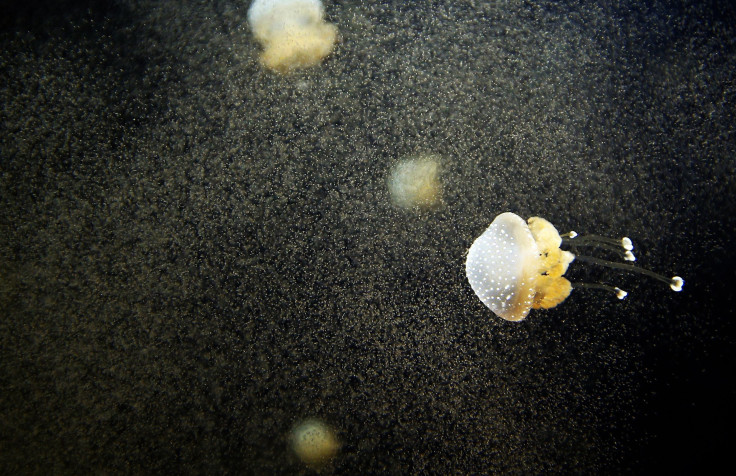Irukandji jellyfish update: Developing anti-venom is a big problem; Expert explains the need for research funding

The deadly Irukandji jellyfish is moving south and may soon reach Sunshine Coast. These cold-blooded, square-shaped and translucent creatures are the size of a thumbnail and live in tropical waters. Due to water temperature increase, the Irukandji jellyfish is migrating further south. The worst part is that there is no anti-venom for the Irukandji sting. Developing anti-venom is a problem as there are eight different types of the jellyfish.
Moreover, the different types of the Irukandji jellyfish have different venoms and the bite of a juvenile Irukandji has different physiological reactions than the bite of an adult. In Queensland alone, about 200 people are admitted to hospitals every year due to deadly Irukandji jellyfish stings. In comparison, there have been only 10 to 15 shark attacks in the last 20 years. Nothing much is known about the Irukandji, its venom, its lifespan and offspring.
The deadly Irukandji jellyfish was first discovered in 1964 by Cairns doctor Jack Barnes. He named the jellyfish after an Aboriginal tribe that identified a sickness with swimming in the ocean at a certain time of year. The deadly jellyfish used to appear only for a month every year. Now, they appear for six month in a year. James Cook University Associate Professor and Irukandji jellyfish expert Jamie Seymour has warned it’s going to get worse.
Seymour has already approached the tourism industry, the Queensland Government and the Australian Government for research funding but to no avail. The deadly Irukandji jellyfish are moving rapidly south from the Northern Territory and northern parts of Queensland and Western Australia. These almost-invisible, tiny and venomous creatures can inflict so much pain that one would wish to die than bear it.
“I cannot begin to explain how excruciating the pain is. I’ve been stung 11 times and each time I’ve ended up in hospital. It’s very mild to start with, then it takes about 15 to 20 minutes to kick in and it’s overall mind-numbing horrific pain,” Seymour told News.com.au.
RELATED: Deadly jellyfish Irukandji moving towards Sunshine Coast; Expert warns about increase in stings





















